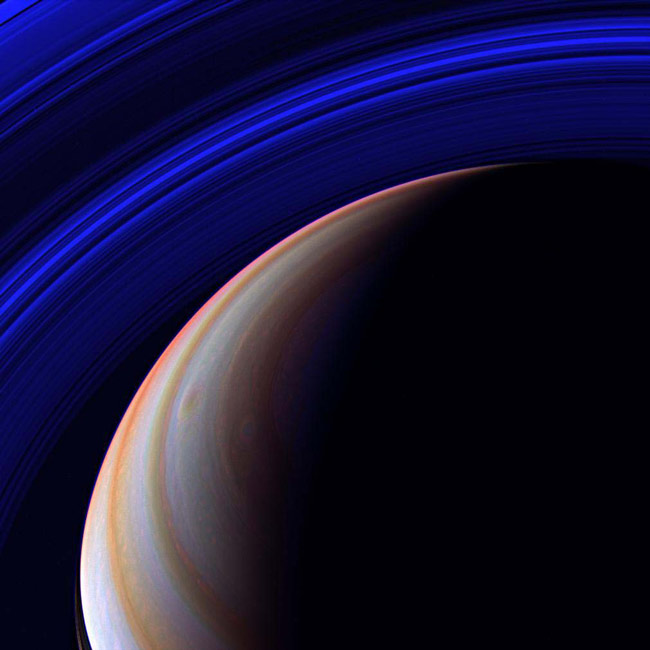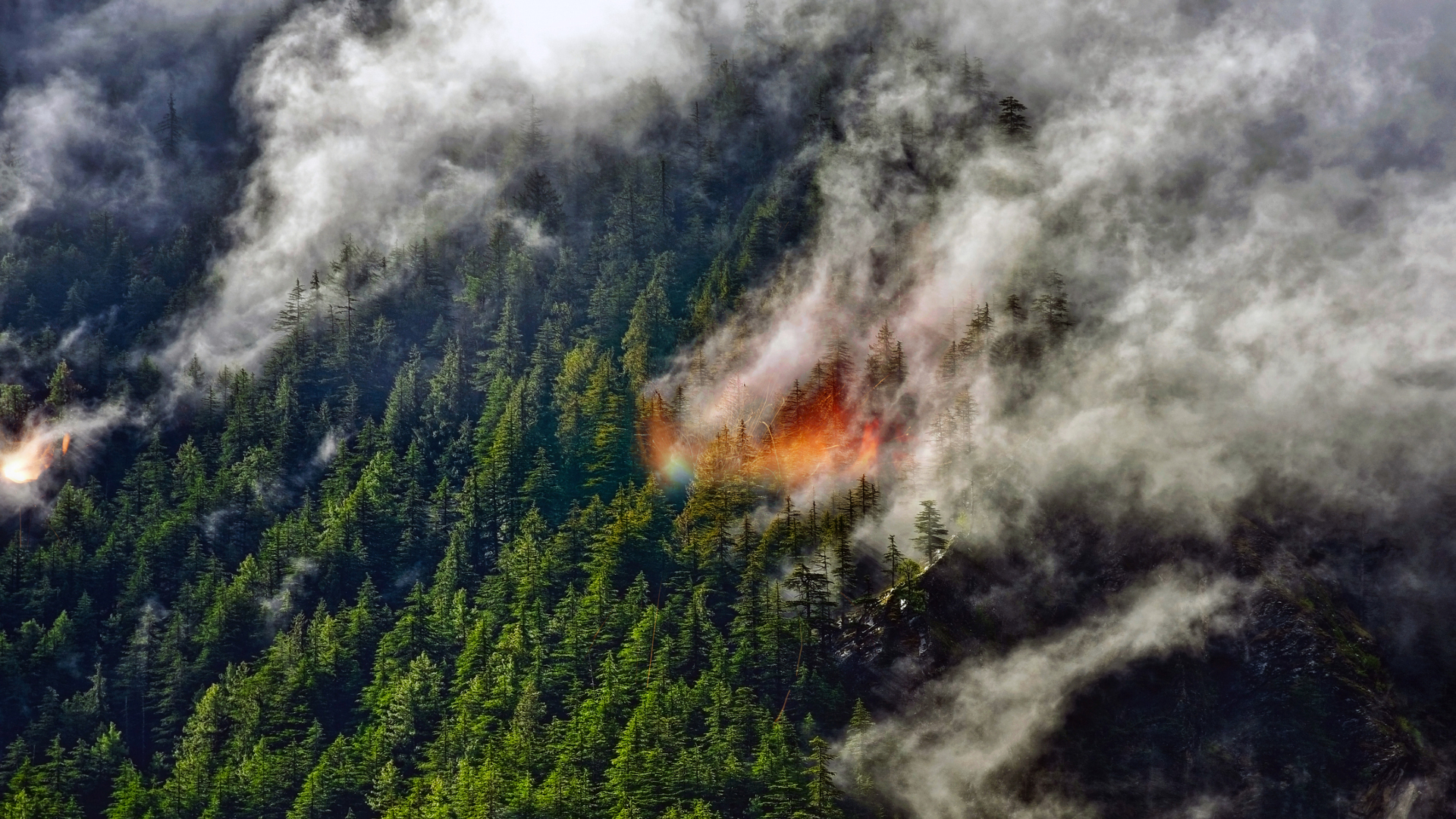New Exhibit Brings Saturn Down to Earth

NEW YORK — Stunning images of Saturn and itsmoons will bring the ringed planet down to Earth for visitors at the American Museum of Natural History here starting Saturday.
The newexhibition "Saturn: Images from the Cassini-Huygens Mission? offers just asample of the more than 140,000images beamed back to Earth across half a billion miles by NASA's Cassinispacecraft.
Launched byNASA in 1997, Cassini became the first spacecraft to orbit Saturn in 2004. Theinternational Cassini-Huygens mission has spent the past seven yearsinvestigating Saturn's local neighborhood, boosting its moon count from 18 tomore than 60 and capturing the clearest views yet of the planet?s famous ringsand violent storms.
The newexhibit showcases about 50 of the most striking views of the planet and itsmoons.
"Theimages show the Saturn system as we had never seen it before," said JoeBurns, the exhibit's guest co-curator and a Cassini imaging scientist at Cornell University in Ithaca, N.Y., in a statement. ?Theyperfectly blend exploration, science and beauty.?
More photoscome courtesy of the European Space Agency's (ESA) Huygens lander, whichseparated from Cassini on Christmas Day in 2004 and parachuted onto the surfaceof Saturn?s cloud-covered moon Titan three weeks later.
Thosepictures — the first-ever from a moon other than Earth's — show liquidmethane on Titan's surface, making Saturn's largest moon the only solarsystem inhabitant besides Earth known to have surface-flowing liquid. Titanalso boasts a substantial atmosphere that makes it unique among all the moonsin the solar system.
Breaking space news, the latest updates on rocket launches, skywatching events and more!
The Cassini-Huygensmission similarly scoped out giantgeysers of ice erupting from the smaller icy moon Enceladus, where surfacetemperatures hover around -328 degrees Fahrenheit (-200 degrees Celsius). Cassiniendureda cold shower from one such geyser during a flyby, allowing the spacecraftto detect organic molecules on the moon's icy breath that may hint atpossibilities for life.
Twosections of the museum exhibit cover Saturn and its rings, respectively, whilea third focuses on the moons Titan and Enceladus. The fourth section includesthe rest of Saturn's satellite cornucopia. Visitors can also see a one-quarterscale model of the nuclear-powered Cassini spacecraft.
NASAannounced this month that Cassini will continue its tour of Saturn by extendingthe mission for at least two more years.
NASA, ESA,and the Italian Space Agency scraped together the $160 million needed toincrease Cassini's lifespan, double the number of orbits around Saturn andconduct more moon flybys. The space agencies have spent $3.27 billion so far onthe Cassini-Huygens program.
Themission's life extension gives scientists the opportunity to try and findTitan's hidden ocean and examine possibilities of liquid water under thesurface of Enceladus — and may provide some more pretty pictures, too.
"Saturn:Images from the Cassini-Huygens Mission" will show starting April 26, 2008in the IMAX Corridor on the first floor of the American Museum of NaturalHistory in New York City, and run through March 29, 2009.
- VIDEO: Enceladus, Cold Faithful
- IMAGES: Cassini's Latest Discoveries
- Special Report: Cassini's Mission to Saturn
Jeremy Hsu is science writer based in New York City whose work has appeared in Scientific American, Discovery Magazine, Backchannel, Wired.com and IEEE Spectrum, among others. He joined the Space.com and Live Science teams in 2010 as a Senior Writer and is currently the Editor-in-Chief of Indicate Media. Jeremy studied history and sociology of science at the University of Pennsylvania, and earned a master's degree in journalism from the NYU Science, Health and Environmental Reporting Program. You can find Jeremy's latest project on Twitter.
